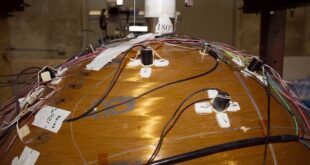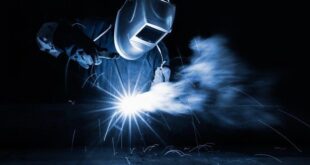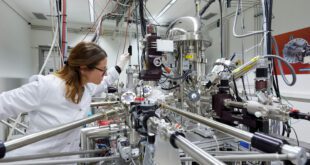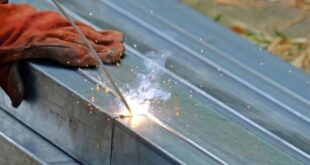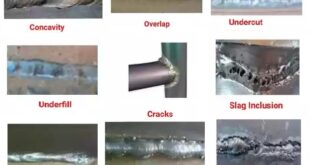Welding of Reactive and Refractory Metals Introduction Definition and Significance of Welding Reactive and Refractory Metals Welding reactive and refractory metals is a crucial process in various industries, especially those that deal with extreme conditions and require materials with exceptional properties. Reactive metals, such as titanium, zirconium, and tantalum, are …
Read More »Acoustic Emission Testing – NDT Inspection
Acoustic Emission Testing – NDT Inspection Introduction Non-Destructive Testing (NDT) refers to a group of methods used to evaluate the properties and integrity of materials, structures, and components without causing damage to them. The primary objective of NDT is to detect defects, discontinuities, and other anomalies that may compromise the …
Read More »Welding Failures its Causes and Prevention
Welding Failures its Causes and Prevention Introduction Welding failure can be defined as the premature failure or breakage of a welded joint, resulting in the inability of the joint to perform its intended function. It can be caused by a variety of factors, including inadequate welding technique, defective materials, inadequate …
Read More »Effects of Welding Variables on Welding Quality
Effects of Welding Variables on Welding Quality Introduction Welding is a process of joining two or more materials, usually metals or thermoplastics, by heating them to their melting point and then cooling them to form a permanent bond. The welding process can be performed using various methods such as gas …
Read More »Welding Inspection And Quality Control
Welding Inspection And Quality Control Introduction Welding is a process used to join materials such as metals and thermoplastics together. It is an essential technique used in many industries, including construction, automotive, and manufacturing. However, welding can be a complex process, and if not performed correctly, can result in significant …
Read More »Classification of Materials Based on Composition
Classification of Materials Based on Composition Introduction: Welding is a process of joining two or more materials using heat, pressure, or a combination of both. It is an essential process in various industries, including construction, automotive, aerospace, and manufacturing. However, welding can be challenging, and selecting the right materials for …
Read More »Ferrous Vs Non-Ferrous Materials
Introduction Welding is a common industrial process that involves joining two or more materials to form a single piece. One of the most important considerations in welding is the selection of materials. Welding can be performed on a variety of materials, but they can be broadly classified into two categories …
Read More »White Metal Welding
White Metal Welding Introduction White metal welding is a specialized welding technique used to join metals with white metal alloys. It is a process where two or more metal parts are fused together using heat, pressure, and the melting of a white metal alloy. The result is a strong, durable, …
Read More »MIG Vs MAG Welding
MIG Vs. MAG Welding Introduction Welding is a crucial process used in various industrial and manufacturing applications to join two or more metal parts. It involves heating the metal to its melting point and then fusing it together using a filler material. Among the different types of welding, MIG (Metal …
Read More »Welding Problems And Solutions
Welding Problems And Solutions Introduction Welding is a crucial process in various industries such as construction, manufacturing, and repair works. It involves joining two or more metal pieces by using heat and pressure to create a permanent bond. While welding has its benefits, it is not without its problems. These …
Read More » Welding of Welders All about Welding and Welders
Welding of Welders All about Welding and Welders

